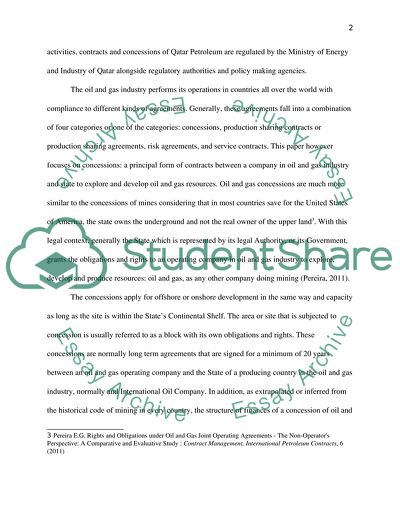Cite this document
(Concession Contracts in Oil and Gas Industry Research Paper, n.d.)
Concession Contracts in Oil and Gas Industry Research Paper. Retrieved from https://studentshare.org/law/1797567-concession-contracts-in-oil-and-gas-industry
Concession Contracts in Oil and Gas Industry Research Paper. Retrieved from https://studentshare.org/law/1797567-concession-contracts-in-oil-and-gas-industry
(Concession Contracts in Oil and Gas Industry Research Paper)
Concession Contracts in Oil and Gas Industry Research Paper. https://studentshare.org/law/1797567-concession-contracts-in-oil-and-gas-industry.
Concession Contracts in Oil and Gas Industry Research Paper. https://studentshare.org/law/1797567-concession-contracts-in-oil-and-gas-industry.
“Concession Contracts in Oil and Gas Industry Research Paper”, n.d. https://studentshare.org/law/1797567-concession-contracts-in-oil-and-gas-industry.


